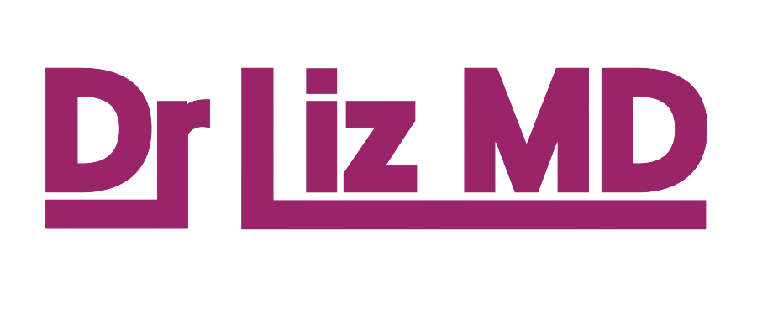Don’t Be Suckered By Scary Medical Headlines
News flash! If you cross the street twice, it DOUBLES your risk of getting hit by a car!
Luckily for you, this means that in the U.S. (according to information from the Centers for Disease Control) your risk goes all the way up from 1 in 4,292, to 2 in 4,292.
This is the difference between RELATIVE risk and ABSOLUTE risk.
People who write health information headlines hope you never learn this difference.
Why? Because once you learn and keep in mind this critical difference, you won’t be scared by bloggy fast food headlines anymore.
Today we are going to talk about what I think is the biggest scary headline that has come out during my career so far as a Women’s Health Expert. In July of 2002, it was announced in the news that hormone replacement therapy significantly raises the risk of breast cancer.
To remind you, the Women’s Health Initiative study was a massive study that gathered information from 1993 until 2005 (and some of the participants have been followed even since then).
As we have discussed on other occasions, we now know that the finding of increased risk of breast cancer was due to the hormones used in that study, but that’s not our topic today.
Today we are going to examine: how big was that increase in risk of breast cancer from hormones?
First, let me show you the results as RELATIVE risk:
This chart shows the finding of a 26% increase in the risk of breast cancer in the women taking hormones, as compared to the women taking placebos.
In the medical world, 26% is an absolutely astronomical increase in risk. If you’ve ever had surgery, the scary things you might have been told about before the surgery are usually things that have less than a 5% risk of actually happening (bleeding, infection, etc).
(Did you notice the 37% REDUCTION in risk of colon cancer in the WHI Study? This pretty much did not make the news, OR into the mental database of most doctors.)
But what were the actual numbers, the ABSOLUTE increase in risk of breast cancer in the WHI Study?
So glad you asked!
In the group of women taking placebos, the rate of breast cancer was 30 women out of 10,000.
In the group of women taking the hormones, the ABSOLUTE RISK of breast cancer was 38 women out of 10,000.
The RELATIVE risk increase of 26%, which sounds so big, was actually an ABSOLUTE number of 8 additional women out of 10,000.
Here is an illustration of the ABSOLUTE risk:
On the left we see boxes representing 999 women, and on the right the “x” indicates the “0.8” woman out of a thousand – this is the additional breast cancer incidence in the WHI study.
One other way to visualize these numbers: imagine the Bridgepointe Shopping Center this weekend being really busy, and the Hillsdale Mall is equally busy. If there are 1000 women at each place, there would still not quite be 1 more person diagnosed with breast cancer at one place over the other.
They say that bad news makes better news than good news.
Relative risk always sounds more dramatic than absolute risk. And we all know that drama makes for better news than actual reality. Keep this in mind when you’re reading medical information articles.
Be a savvy health information consumer, and DON’T be suckered by scary headlines.
I welcome your comments below!



